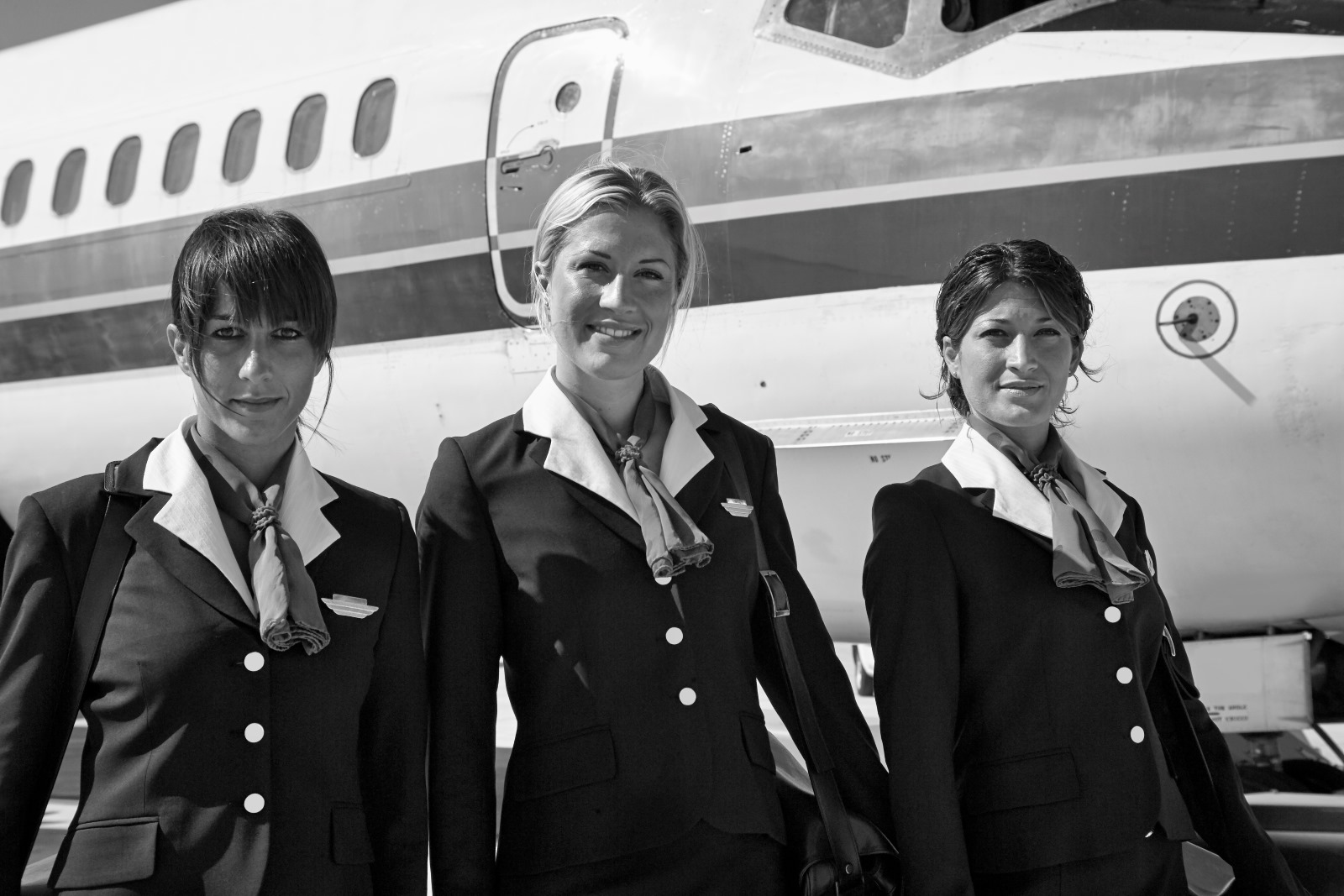
Aviation uniforms have transformed significantly since the dawn of commercial air travel, evolving from purely functional attire to fashion-forward symbols of brand identity and professionalism. This journey reflects broader changes in society, style, and the aviation industry itself. Here’s a look at how aviation uniforms have progressed over the decades and what they signify today.
1. The Early Days: 1930s-1940s
In the early 1930s, when commercial air travel was still a novelty, airlines placed a strong emphasis on uniforms that mirrored military attire. Pilots, often retired military personnel, wore uniforms similar to their military outfits, which exuded authority and reliability. These early uniforms were conservative, designed to instill confidence in passengers who were new to the idea of flying.
Flight attendants, initially hired for their nursing skills rather than their customer service, wore simple, practical uniforms resembling nurse outfits. These uniforms were typically plain, functional, and free of any elaborate details, reflecting the idea that flight attendants were there primarily for safety.
2. The Glamorous Era: 1950s-1960s
The post-war boom saw a significant shift in air travel, which became more accessible and glamorous. Airlines began hiring young women for cabin crew positions, often promoting them as the “face” of the airline. Uniforms took on a more stylish, tailored look, and airlines like Pan Am and TWA partnered with fashion designers to create uniforms that were as stylish as they were functional.
During this era, airlines focused heavily on branding, and flight attendants’ uniforms played a big role in this. Bright colors, stylish hats, gloves, and matching shoes became the standard, with airlines creating iconic looks that left a lasting impression on passengers. Airlines such as Braniff and United even hired top designers like Emilio Pucci and Balenciaga to create iconic, fashion-forward looks.
3. The Modern Minimalism: 1970s-1990s
As air travel expanded, airline uniforms started to focus on comfort and practicality, transitioning from high fashion to function-focused designs. The vibrant colors and dramatic silhouettes of previous decades gave way to more streamlined, unisex designs with an emphasis on comfort for long-haul flights. Pants became a common option for female flight attendants in the 1970s, reflecting the era’s move toward gender equality in the workplace.
Uniforms became a symbol of professionalism rather than glamor, and airlines began to adopt specific colors that aligned with their branding, such as Delta’s navy blue and British Airways’ deep burgundy. The focus on branding remained, but designers aimed for practicality and ease, considering the physical demands of the job.
4. The Corporate Era and Practicality: 2000s-Present
Today, aviation uniforms balance style, comfort, and practicality, often incorporating eco-friendly materials and inclusive designs to cater to diverse body types. Many airlines work with renowned designers to create uniforms that represent their brand ethos while prioritizing crew comfort. Contemporary uniforms include moisture-wicking fabrics, lightweight materials, and options for both dresses and pants, offering greater flexibility and comfort to suit varying climates and flight conditions.
Notably, airlines have also become more inclusive in recent years, allowing staff to choose uniforms that align with their gender identity, offering more flexibility in how they wear their attire. This shift towards inclusivity and practicality reflects broader societal changes and marks a distinct difference from the rigid, appearance-focused standards of past decades.
5. Sustainability in Uniform Design
The aviation industry’s focus on sustainability has extended to uniform design, with several airlines introducing eco-friendly options. Virgin Atlantic, for instance, uses recycled materials for its latest crew uniforms, and other airlines have followed suit by adopting sustainable practices in fabric sourcing and production.
Conclusion: A Uniform That Tells a Story
From military-inspired attire to high-fashion statements and modern eco-conscious designs, aviation uniforms tell a story of progress in style, societal norms, and the airline industry’s branding evolution. Today, they embody a balance of function, style, and inclusivity, creating a positive impression on passengers and symbolizing the airline’s values and brand identity. As the industry continues to grow and adapt, so too will the uniforms, evolving to meet the demands of a changing world.
This history shows that aviation uniforms have transcended the boundaries of fashion, reflecting the dynamic nature of the aviation industry itself.

